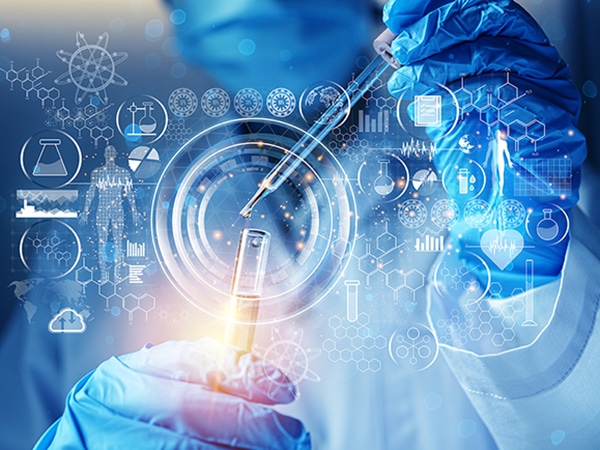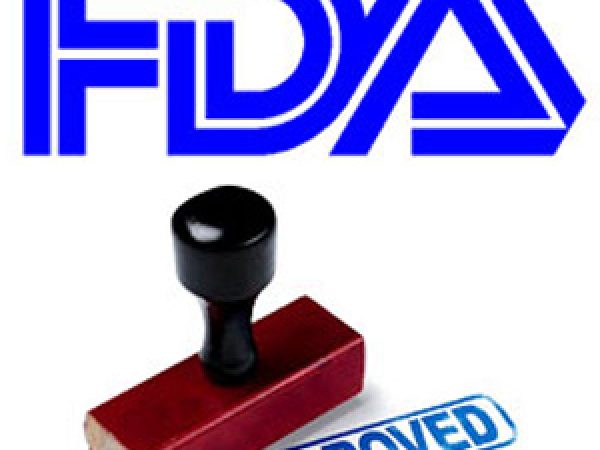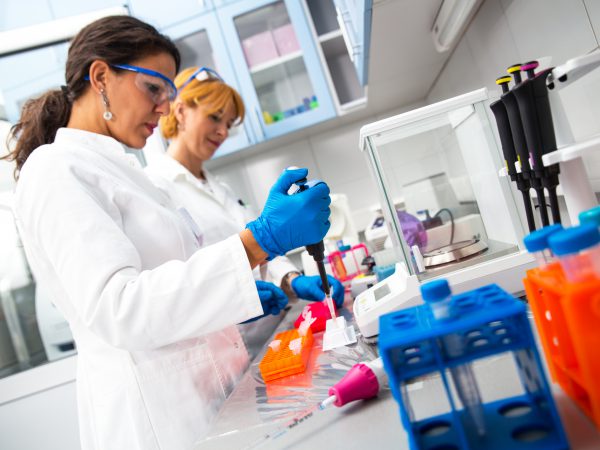AACR Annual Meeting 2021: Chemistry in Cancer Research to Share Live Highlights
Guest post by Keith Hornberger, PhD
The AACR-Chemistry in Cancer Research (CICR) Working Group’s mission is to advocate the critical role of chemistry in the treatment of cancer through increasing chemistry awareness, knowledge, and capabilities of those invested in cancer research. This is accomplished by enhancing communication among researchers who share a passion for chemistry in cancer research; educating, informing and augmenting chemistry knowledge and capabilities in cancer research through American Association for Cancer Research (AACR) programming; and supporting the needs and development of current CICR members while growing new membership.

CICR’s Communications Subcommittee spotlights outstanding work being done in cancer research within the discipline of chemistry. In prior years, we have disseminated content via quarterly newsletters, which have editorials and research highlights on specific themes, new drug approval news, and profiles of young investigators working in cancer chemistry.
The global pandemic year of 2020, despite its many challenges, gave the communications subcommittee a new lease to evaluate how to best share high-impact work in chemistry in cancer research in a timely fashion. We also took the opportunity to look for ways to move beyond a static newsletter format and into a more dynamic discussion within the cancer research community. To that end, during 2020 we soft-launched a new AACR-CICR LinkedIn group to enable real-time sharing of new research and to promote discussion and debate. All AACR members are invited and encouraged to join the LinkedIn group to see the latest and greatest from the world of chemistry. In the near term, we’ll be live-posting highlights from the AACR Annual Meeting, to be held from April 10-15 and May 17-21. Be sure to tune in for our real-time takes on the highly popular New Drugs on the Horizon sessions, which feature first-time disclosures of clinical candidate structures and associated data. In addition, we have our annual Chemistry to the Clinic sessions, which will be themed around: strategies in developing safer oncology drugs; induced proximity in drug discovery—protein degradation and beyond; and progress in ligand discovery technologies for poorly tractable targets. Longer term, we’ll be releasing content centered around a few key themes for 2021: immuno-oncology, epigenetics, and proximity-induced drug discovery.
Together with the subcommittee leadership, we’ve assembled a strong and enthusiastic subcommittee team with members from academia and industry to take us into this new future together. I welcome our new team members and thank them for their contributions. In the spirit of the Cancer Research Catalyst blog, I sincerely hope that our communications efforts will catalyze a robust online discussion!
Editor’s note: Hornberger is the director of chemistry at Arvinas Inc. in New Haven, Connecticut. He is the chair of the AACR-CICR Communications Subcommittee.



